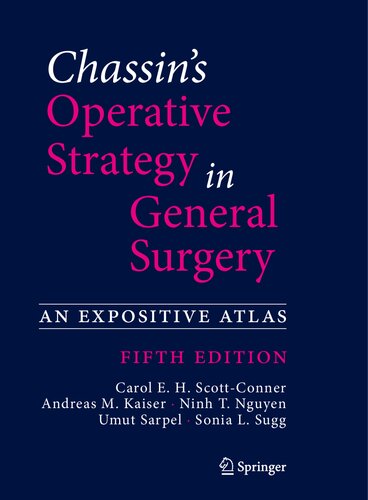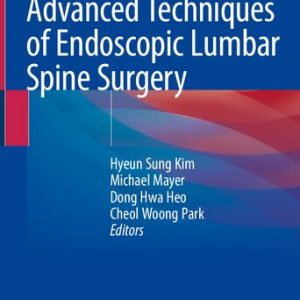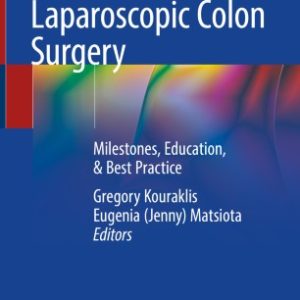| This fifth edition of Chassin’s Operative Strategy in General Surgery is a major revision that strives to remain faithful to the purpose and tone of Dr. Chassin’s original text. This unique textbook provides an emphasis on surgical strategy that is unmatched by other textbooks of surgical technique. The text explains the conceptual basis of each operation, outlines strategies to avoid common pitfalls, and carefully describes and beautifully illustrates the technical steps of each operation. The fifth edition preserves the unique qualities of its previous edition while providing a comprehensive update. This updated volume also features a vast amount of richly detailed artwork and operative photographs, which help depict operative techniques step-by-step. No other text so successfully combines operative technique with the concept of strategy – that is, key governing principles that dictate safe surgery and avoidance of complications. There are books of technique, there are books about complications, and there are books about the rationale involved in the treatment of various kinds of surgical pathology. Chassin’s combines all three. Chassin’s Operative Strategy in General Surgery: An Expositive Atlas Fifth Edition comprehensively covers all non-vascular operations commonly performed by general surgeons. This edition expands this comprehensive general surgery reference while remaining true to the special character of the work. The revision expands upon procedures not covered in the previous edition and incorporates new techniques into many other chapters. Table of contents : Reducing Anastomotic Complications in Practice |
جراحة عامة, Surgery
Chassin’s Operative Strategy in General Surgery: An Expositive Atlas
350.00EGP
+ Free Shipping


